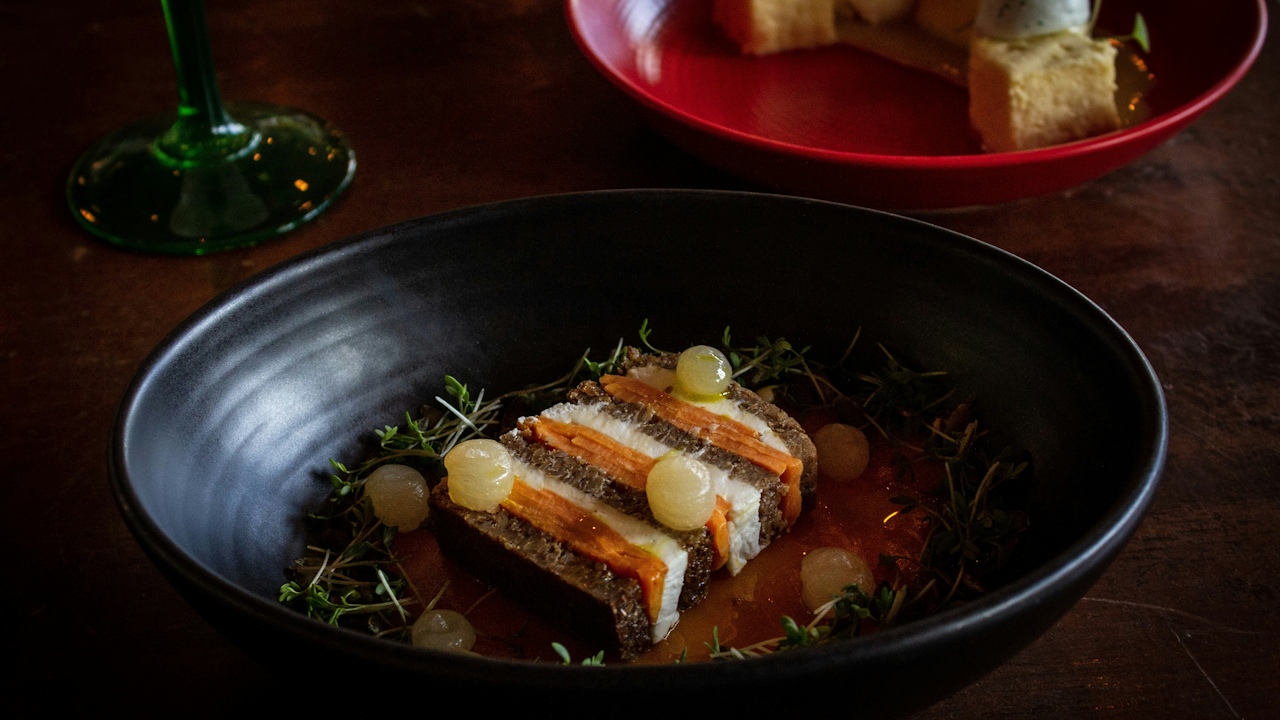Molecular gastronomy is a subdiscipline of food science that explores the physical and chemical transformations that ingredients undergo during cooking. It’s not a style of cooking itself but rather an approach that uses scientific principles and tools to create innovative and often surprising dishes. This field, pioneered by scientists like Hervé This and Nicholas Kurti, seeks to understand and manipulate the “why” and “how” of cooking, moving beyond traditional recipes to a deeper, more technical understanding.
This approach has led to the development of unique techniques and textures that were once unimaginable in the culinary world. From foams to spheres and gels, molecular gastronomy has expanded the creative palette of chefs and home cooks alike.
Key Techniques and Tools for the Home Cook
The perception that molecular gastronomy is only for professional chefs in high end restaurants is a myth. Many of its core techniques are accessible to the home cook with a few specialized ingredients and tools. Here are some of the most popular and relatively simple techniques you can experiment with in your own kitchen.
Spherification: Creating Edible Pearls and Spheres
Spherification is arguably one of the most well known molecular gastronomy techniques. It involves shaping a liquid into spheres that resemble caviar or egg yolks, with a thin, gelatinous membrane on the outside and a liquid center. There are two main types:
- Direct Spherification: This method involves dropping a liquid mixed with sodium alginate into a bath of calcium chloride. The calcium ions in the bath react with the sodium alginate, forming a gel layer on the outside of the liquid droplet. This is great for creating spheres with a soft, liquid center.
- Reverse Spherification: This is the opposite process. You drop a calcium rich liquid into an alginate bath. This creates a more stable sphere with a thicker membrane and is often used for creating larger spheres.
For these techniques, you’ll need a good digital scale to measure ingredients accurately, as well as syringes or special measuring spoons to create the droplets.
Emulsions and Foams: Lightening the Load
An emulsion is a mixture of two liquids that normally don’t mix, like oil and water. A common example is mayonnaise. Molecular gastronomy takes this a step further by using an emulsifier, such as soy lecithin, to create stable foams and airs.
To create a foam, a liquid is blended with soy lecithin and then aerated with an immersion blender. This traps air bubbles within the liquid, creating a light, airy foam that can be used to add flavor and a unique texture to a dish without adding a lot of volume. This technique is often used for creating a flavorful “air” from things like lemon juice or balsamic vinegar.
Gels and Jellies: Textural Transformations
Gels are a cornerstone of molecular gastronomy. While traditional jellies are made with gelatin, this field uses a variety of other hydrocolloids to achieve different textures and properties.
- Agar-agar: A gelling agent derived from seaweed, agar-agar creates a firm, heat resistant gel. Unlike gelatin, it sets at room temperature and doesn’t melt until it reaches a high temperature. It’s perfect for creating sturdy gels that can be cut into shapes.
- Gellan Gum: This hydrocolloid can create gels that are either firm and brittle or soft and elastic, depending on the type used. It’s often employed to make clear, flavorless gels that can encapsulate other ingredients.
These gelling agents allow for incredible versatility in a dish, from creating solid cubes of a liquid to making a transparent sheet of flavor.
The DIY Experimental Kitchen: Tips for Success
Venturing into molecular gastronomy at home can be an exciting and rewarding experience. Here are a few tips to help you get started:
- Start Simple: Don’t try to master a complex dish on your first attempt. Begin with a single technique, like making fruit caviar with direct spherification, to get a feel for the ingredients and process.
- Measure Everything Accurately: Unlike traditional cooking where you can often eyeball ingredients, precision is key in molecular gastronomy. Invest in a good digital scale that measures in grams and a set of precise measuring spoons. A small change in a hydrocolloid or emulsifier can drastically alter the final product.
- Read and Understand the Science: Before you begin, read up on the ingredients you’re using. Understanding how sodium alginate reacts with calcium chloride or why soy lecithin creates a foam will improve your results and inspire new ideas.
- Experiment with Familiar Flavors: Apply these new techniques to flavors you already know and love. Create balsamic vinegar pearls to top a salad, or make a lemon foam to accompany a fish dish. This will make the process more enjoyable and the results more familiar.
- Gather the Right Tools: While you don’t need a professional lab, a few key pieces of equipment will make a huge difference. An immersion blender, a good digital scale, and a few syringes or pipettes are a great start.
Molecular gastronomy is more than just fancy food; it’s a new way of thinking about cooking. It challenges us to look beyond the recipe and consider the science behind the food we eat, opening up a world of creative possibilities right in our own kitchens. By understanding the basics, you can begin to transform ordinary ingredients into extraordinary culinary creations.

